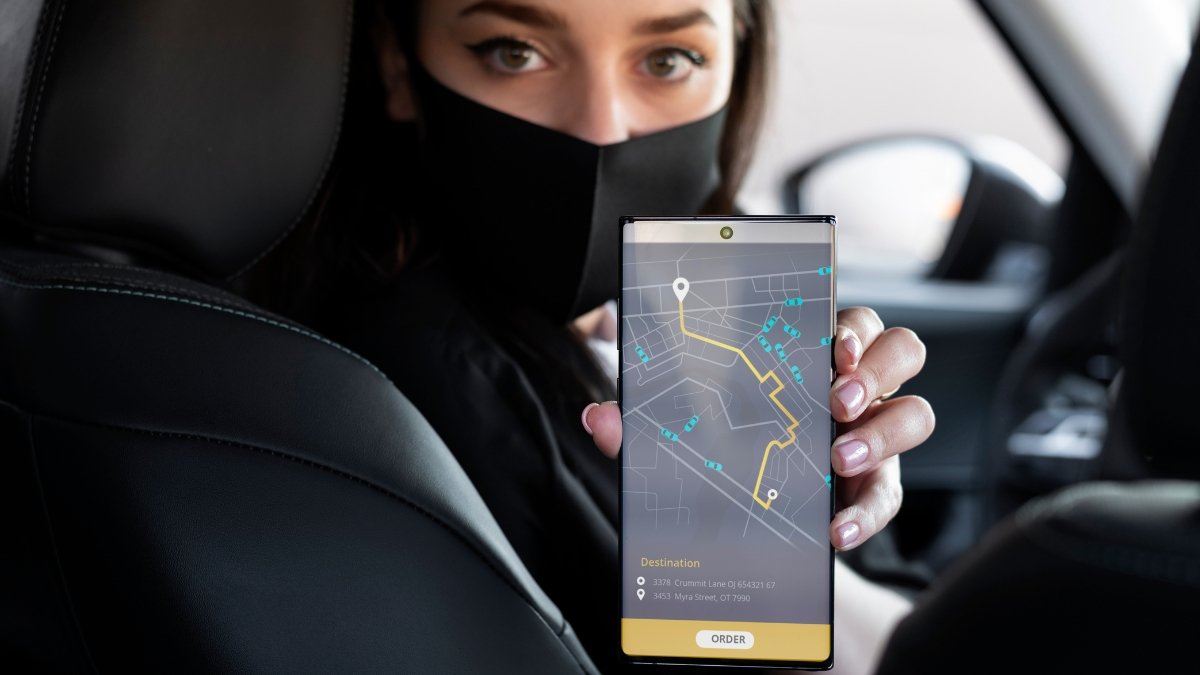With over 2,500 sexual assault cases now in federal litigation against Uber and ongoing reports of fake drivers targeting solo women, knowing how to quickly verify your ride can be the difference between a safe trip and a dangerous situation.
Solo female travelers face a growing threat from fake Uber drivers who exploit the trust women place in rideshare apps. These scammers don’t just want to overcharge you some want to hurt you. The numbers prove this danger is real, with nearly 6,000 sexual assault allegations reported to Uber in just two years.
But you can protect yourself. You’ll discover the 3-second verification method that can save your life, understand how scammers specifically target women who travel alone, recognize the red flags that signal a fake Uber driver, and master safety protocols for airports, hotels, and other high-risk locations.
The Alarming Reality: Why Solo Women Are Prime Targets
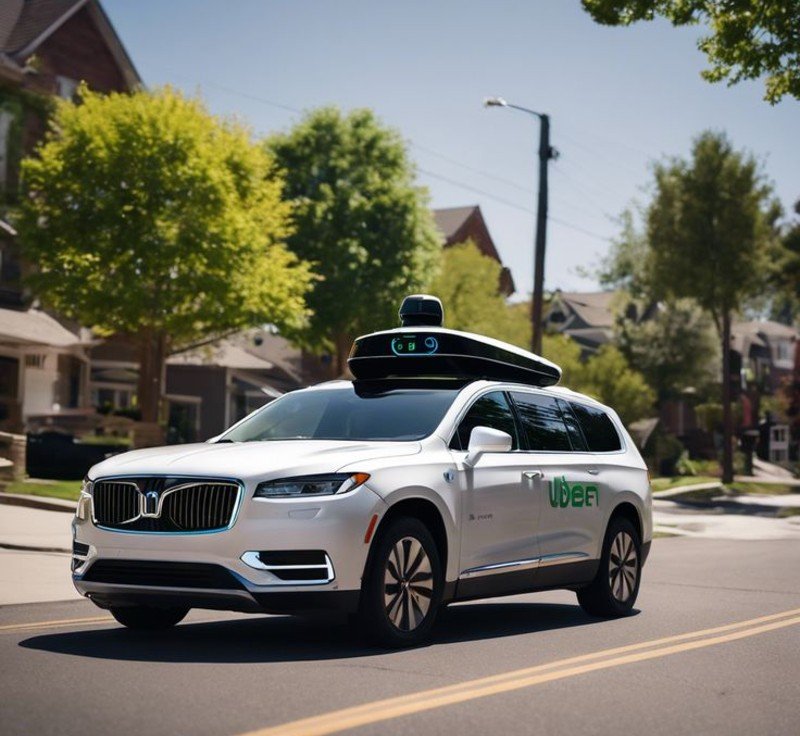
You’re standing outside the airport at 11 PM. Your phone shows your Uber is here. A car pulls up, and the driver waves you over. This moment right here is when many women make a decision that changes their lives forever.
The numbers tell a scary story. Uber received 5,981 sexual assault allegations in just two years (2017-2018) That’s not a typo. Nearly 6,000 women and men reported serious safety incidents. Even during the pandemic in 2020, when fewer people were traveling, Uber still recorded 141 rape reports. Think about that. A global pandemic couldn’t stop these crimes.
Scammers see solo female travelers as easy money and easy victims. They think women are less likely to fight back. They believe women won’t question authority figures. They count on women being polite instead of protective.
The legal cases keep piling up. As of August 2025, over 2,500 women have filed sexual assault lawsuits against Uber. That number jumped by 600 cases in just one summer. Each lawsuit represents a real woman whose life was changed by a fake driver or dangerous situation.
Fake drivers aren’t random. They hunt in specific places where women feel most vulnerable. Airports top the list because you’re tired, carrying luggage, and far from home. Investigators found illegal drivers at Fort Lauderdale airport actively soliciting passengers inside terminals.
The money motivation is real. Solo travel is booming, with 70% of travel insurance sales going to solo travelers. That means more potential victims with money to spend. A fake driver can overcharge you $50-100 for a short ride. If they target five women per night, that’s serious cash for criminals.
The 3-Second Safety Check That Could Save Your Life
A car pulls up. The driver looks at you. You have three seconds to decide if this is your real Uber or a dangerous fake. Here’s how to make the right choice every time.
Check The License Plate
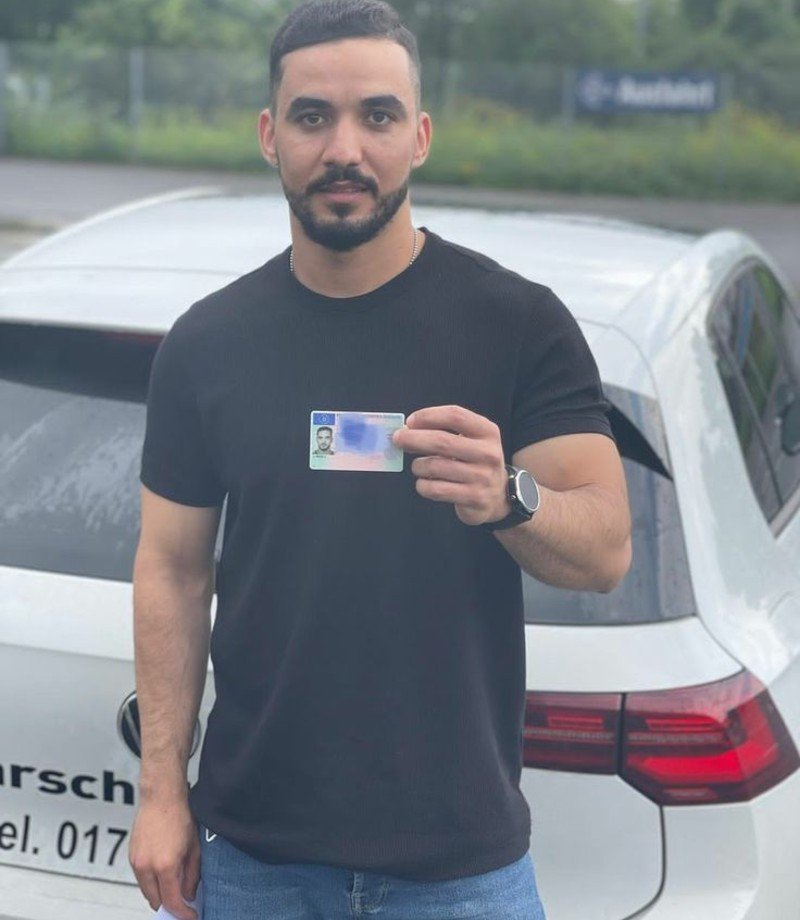
Your app shows the exact license plate number. Look at the car’s plate. Do the letters and numbers match exactly? Not close exactly. If even one letter is different, walk away. Real example: Your app says “ABC-123” but the car shows “ABC-124.” That’s a no. Don’t get in.
Make Them Say Your Name First
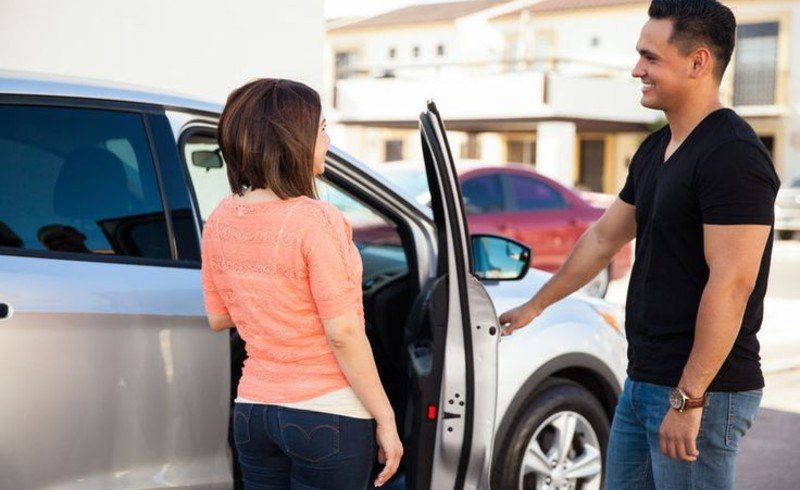
A real driver should identify you by name before you get into the car. Don’t help them guess. When they roll down the window, stay quiet for a moment. A real driver will say, “Are you Dolly?” A fake driver will say, “Are you waiting for a ride?” or “You called an Uber?” See the difference? Real drivers know your name. Fake drivers fish for information.
Vehicle Match Check
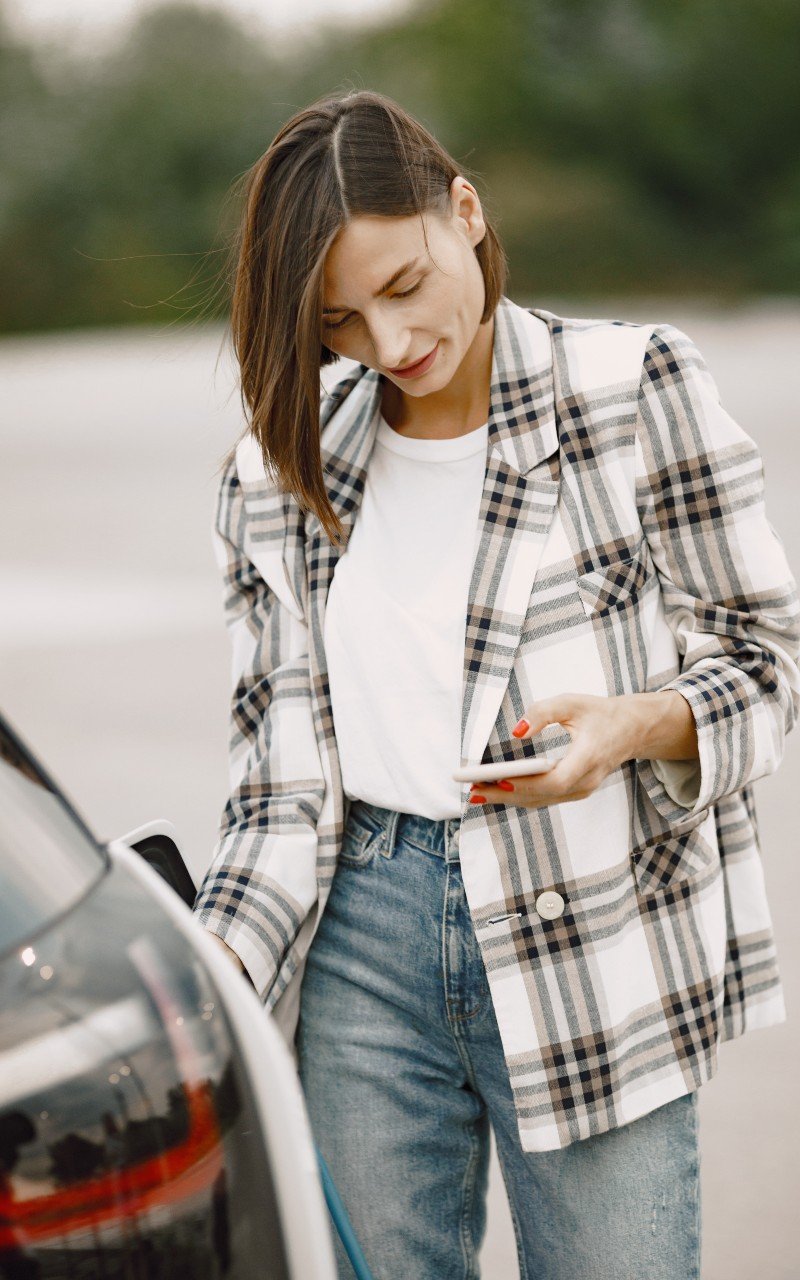
Your app shows the car’s make, model, and color. A 2019 blue Honda Civic should be exactly that. Not a black Toyota Camry. Not a “similar” car. Vehicle mismatch is one of the biggest red flags of a fake driver. Scammers use whatever car they have, hoping you won’t notice.
Red Flags: 7 Warning Signs of a Fake Uber Driver
Your real Uber driver follows rules. Fake drivers break them. Here are seven warning signs that scream “danger” when you know what to look for.
#1. The Vehicle Doesn’t Match Your App
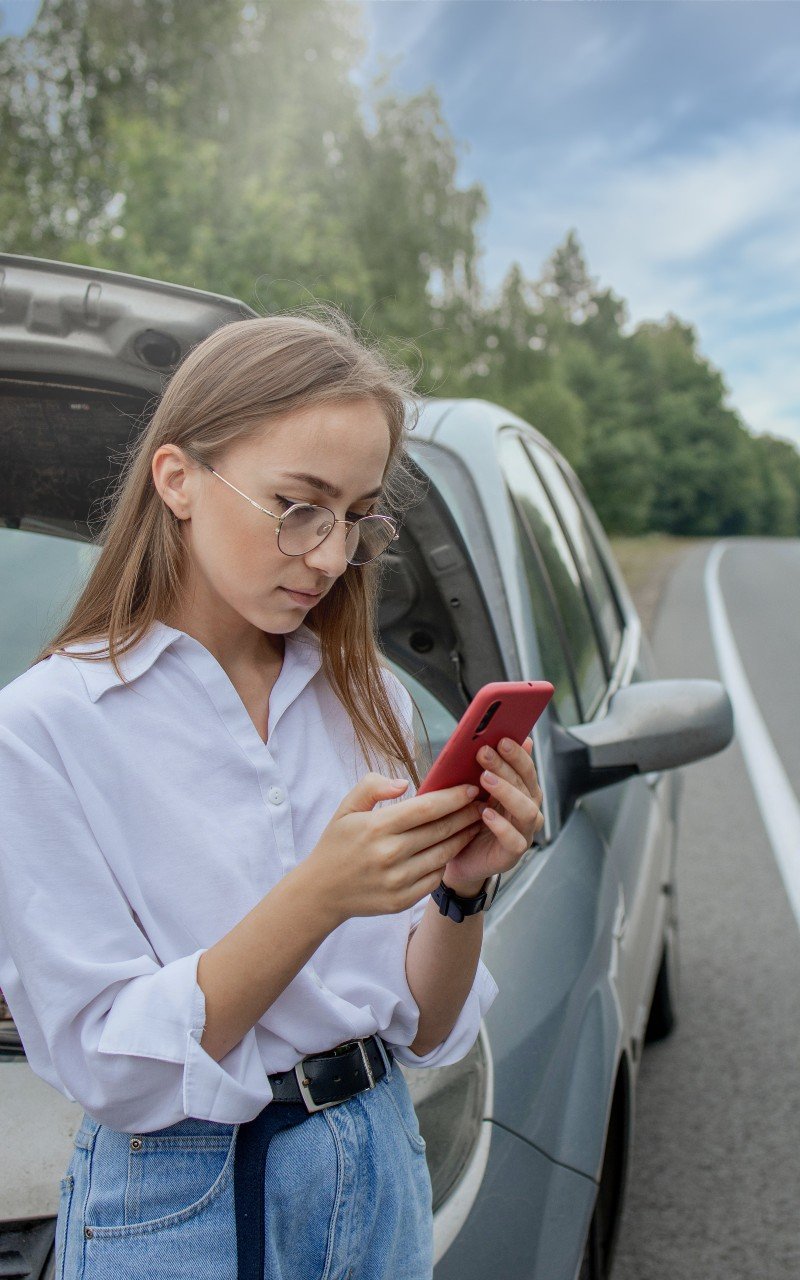
A mismatched vehicle is one of the biggest red flags. Your app says white Toyota Prius. A black Honda Accord pulls up. The driver says, “My other car broke down.” Don’t buy it. Real Uber drivers update their vehicle information before they start driving. Cancel and call another ride.
#2. They Demand Cash Payment
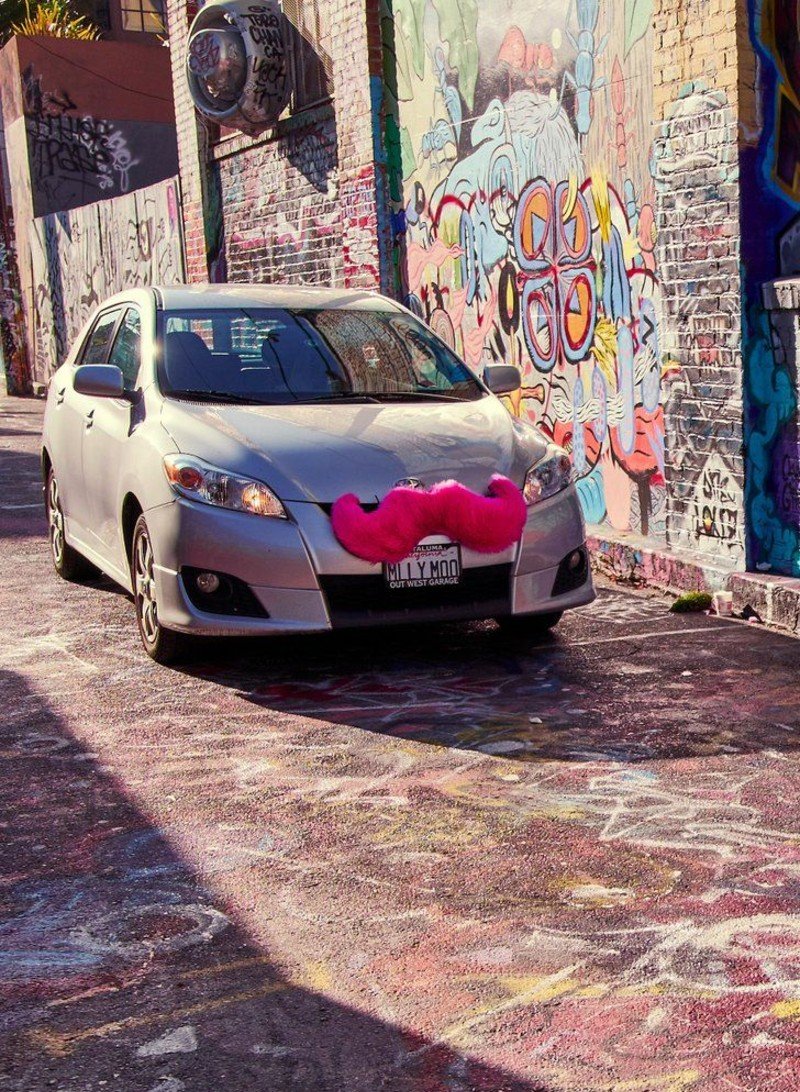
Uber and Lyft have strict policies that require all payments through the app. A real driver never asks for cash. Ever. One traveler got scammed at the airport when a driver said “No card, no card, cash only” then charged both cash and the credit card . If any driver mentions cash, get out immediately.
#3. They Pressure You To Hurry
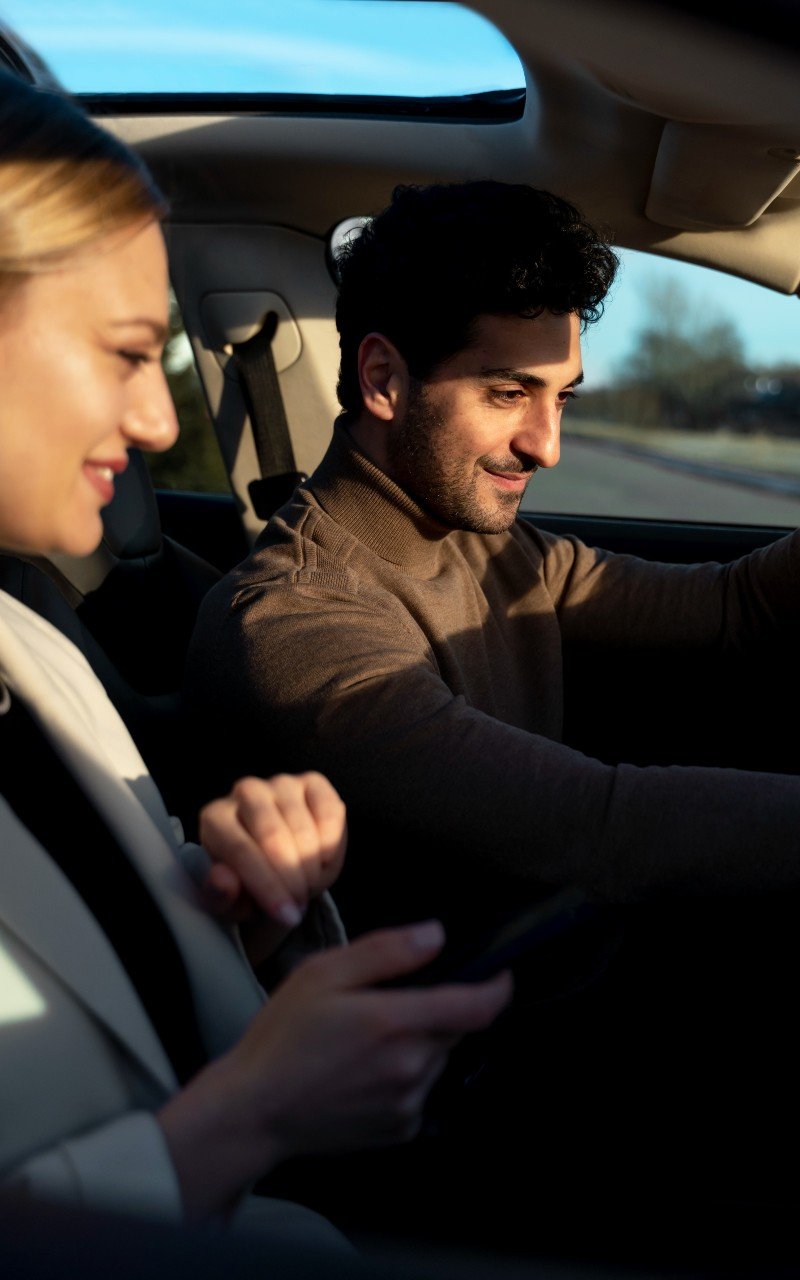
Real drivers want customers to feel comfortable and give them time to verify details . Fake drivers create urgency. They say things like “I’m double-parked” or “I have other customers waiting.” Real drivers wait patiently while you check their license plate and car details. Pressure equals danger.
#4. They Use Generic Greetings

Fake drivers call out common names at pickup zones, hoping someone will respond They say “Hey, you need a ride?” or “Are you my passenger?” Real drivers know your name and use it. At JFK Airport, investigators found fake drivers with “UBER” displayed on their phone screens, approaching random travelers.
#5. They Change Payment Mid-Trip
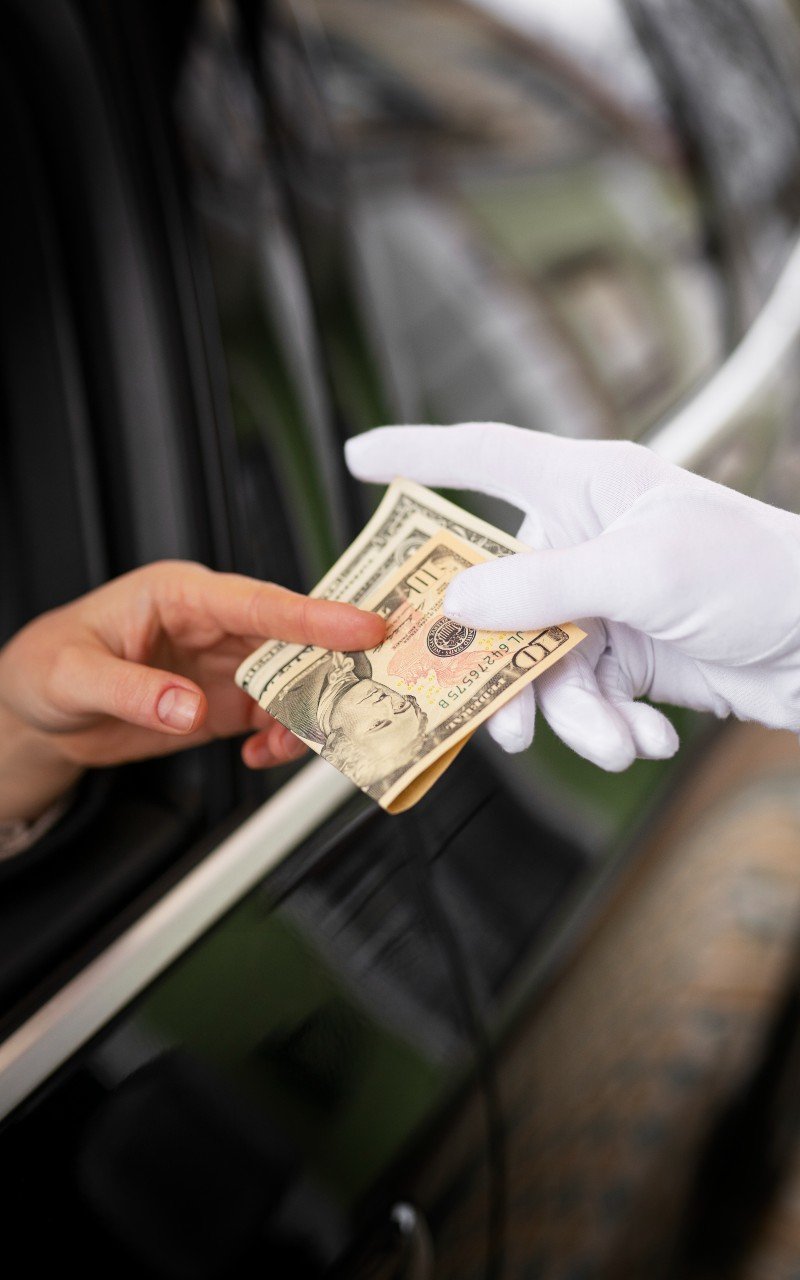
Some drivers announce midway through trips that their app went offline and need cash payment. This is always a scam. Real apps don’t randomly go offline during rides. If this happens, ask them to end the trip immediately and let you out in a safe location.
#6. They Won’t End The Ride In The App
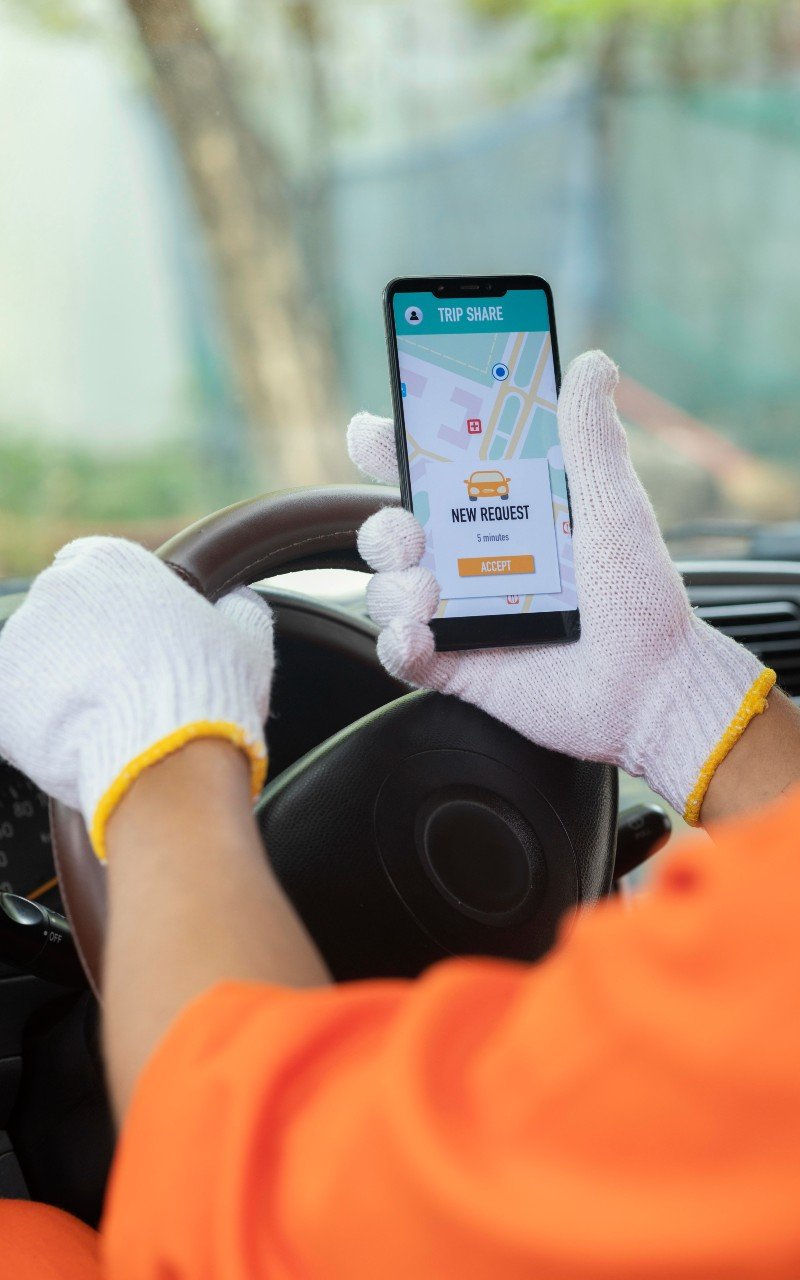
A real driver ends the ride in the app when you reach your destination. Fake drivers might ask for extra money or refuse to finish the trip properly. If they won’t tap “end ride,” something is wrong. Use the emergency button in your app.
#7. Fake QR Codes At Pickup Spots
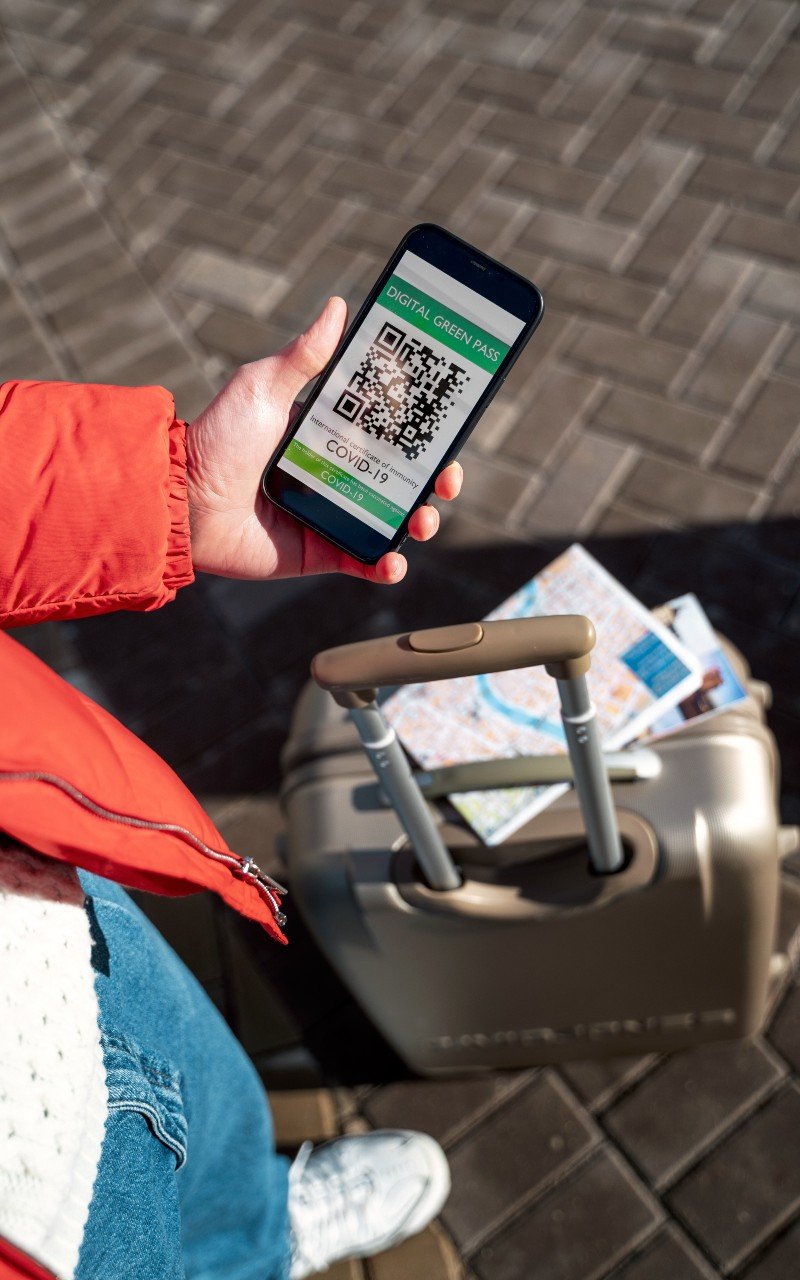
Scammers place fake QR code stickers near official rideshare pickup area. These codes lead to phishing sites that steal your payment information. Only use the official Uber or Lyft app. Never scan random QR codes to book rides.
High-Risk Locations: Where Fake Drivers Hunt for Victims
Fake drivers don’t pick random spots to hunt for victims. They go where women are most vulnerable and least likely to fight back. Know these danger zones so you can protect yourself.
Airports Are Fake Driver Headquarters
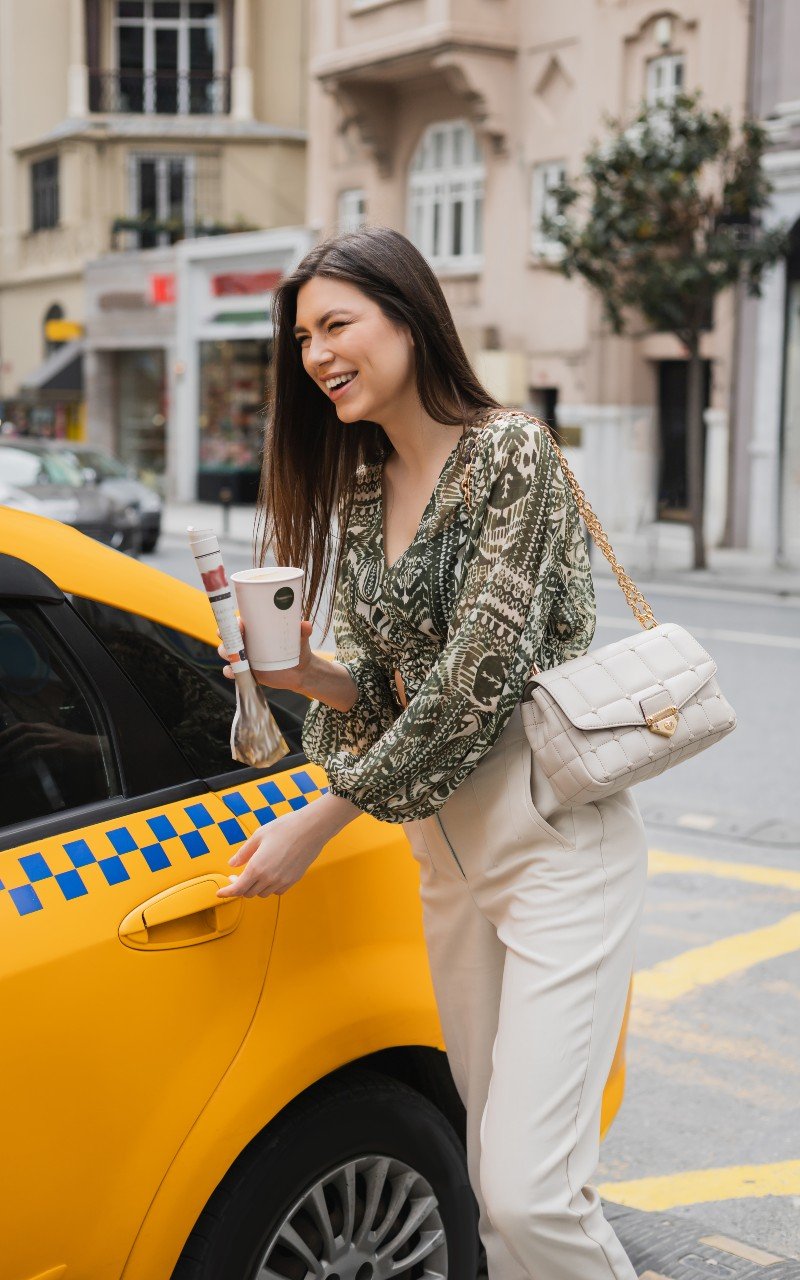
Aggressive fake drivers who pretend to work for Uber are convincing passengers at airports. You’re tired from traveling. You have heavy bags. You just want to get to your hotel. At JFK Airport, fake drivers stand right outside terminal exits with phones showing “UBER” in big letters. They target older travelers and solo women who look confused or lost.
Bars And Nightlife Districts
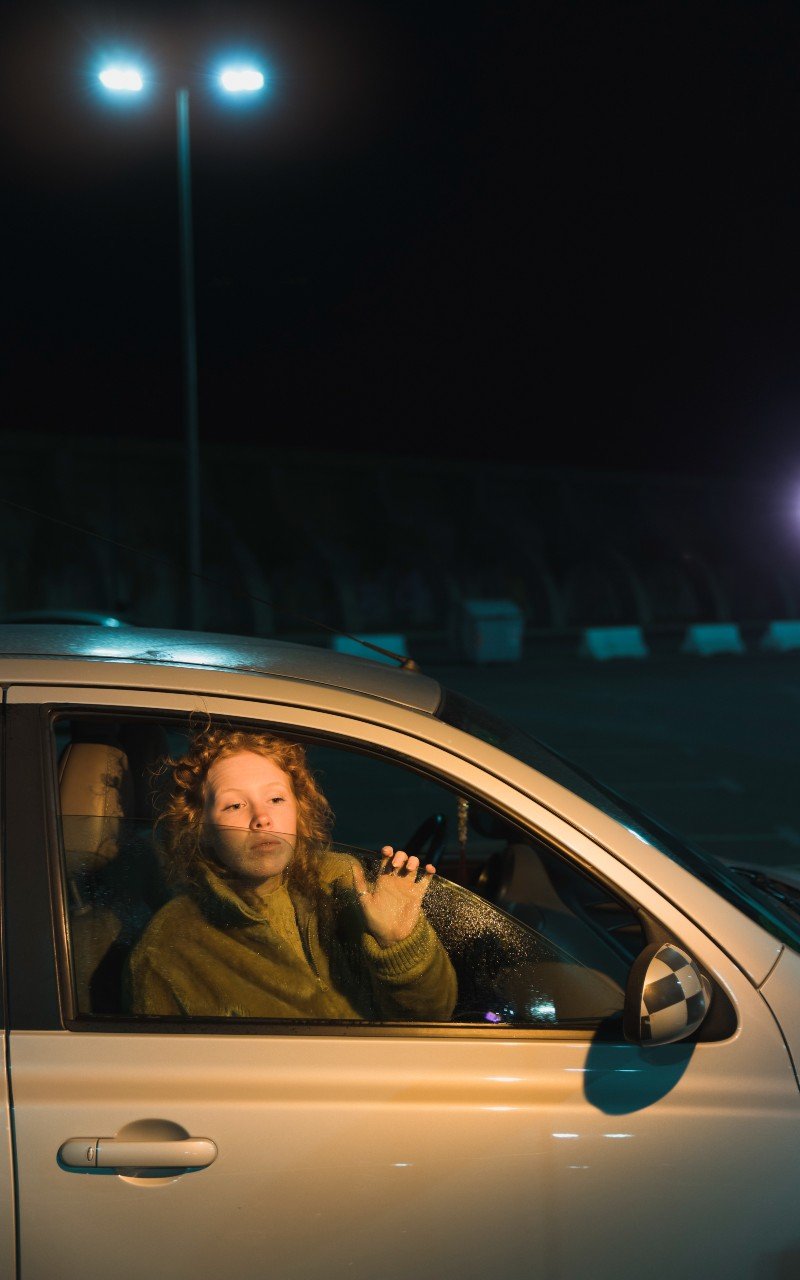
Late night pickup areas near bars are prime hunting grounds. You might have been drinking. Your judgment could be impaired. You’re standing alone on dark streets. Fake drivers cruise these areas looking for women who won’t question their credentials carefully.
College Campuses And Universities
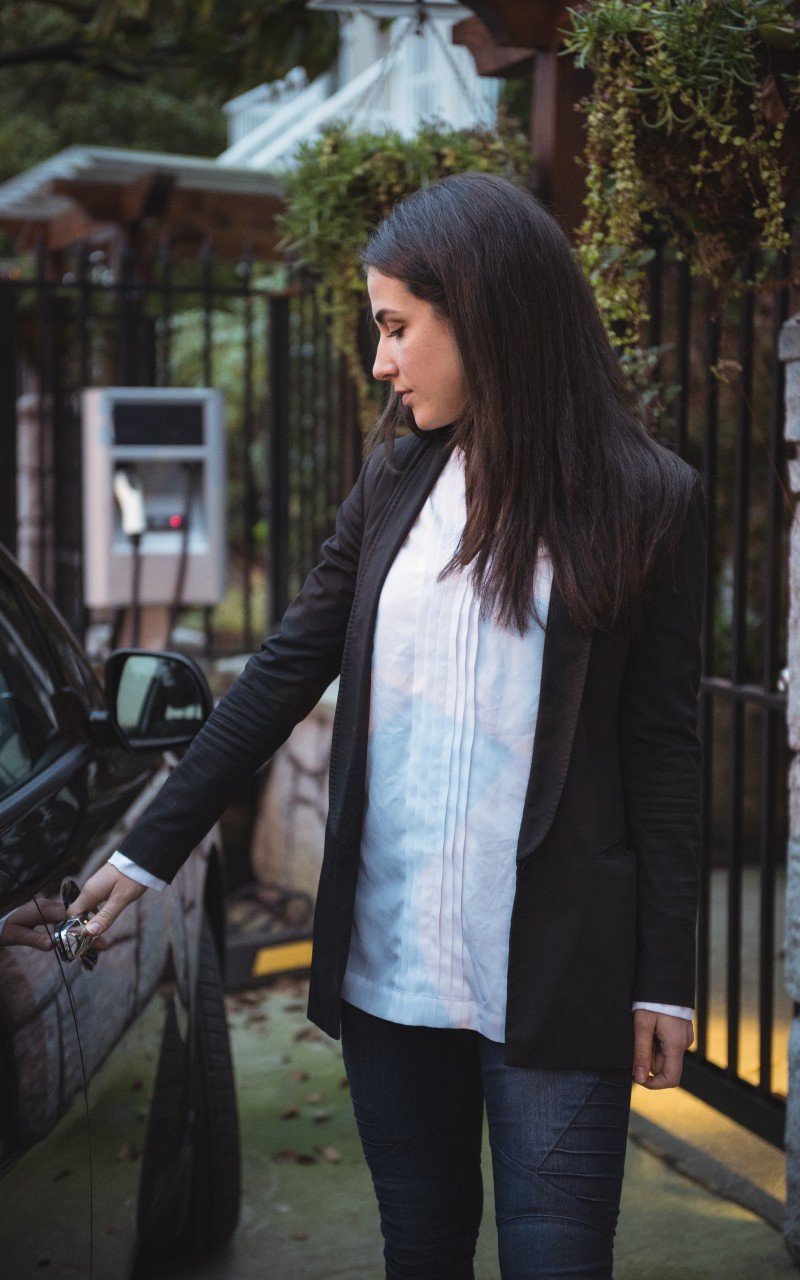
Students make easy targets because they’re young and trusting. Fake drivers park near campus late at night, especially around exam periods and weekends. They know students are tired, stressed, and eager to get home safely.
Major Event Venues And Concert Halls
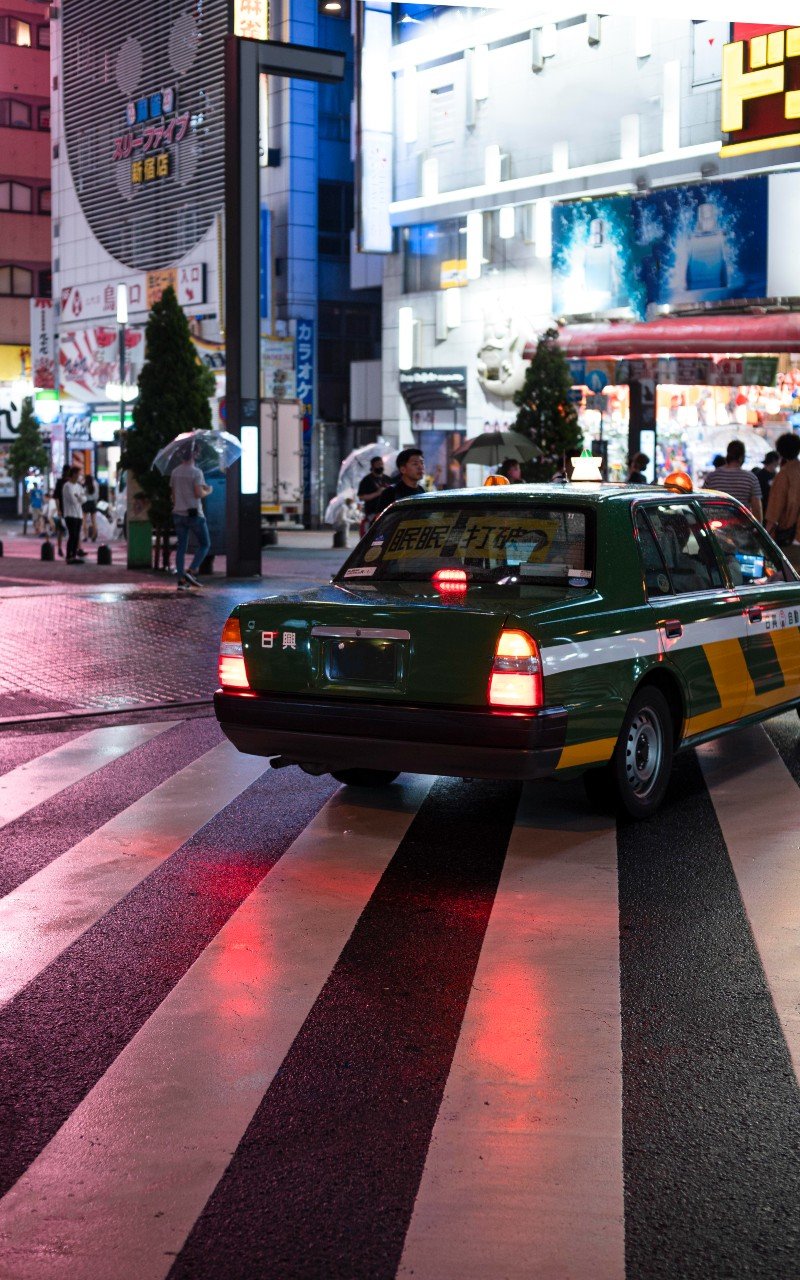
Big crowds mean big opportunities for scammers. When thousands of people leave concerts or sports games at the same time, fake drivers blend in with real ones. The chaos makes it harder to verify vehicle details properly.
Tourist Destinations And Hotels
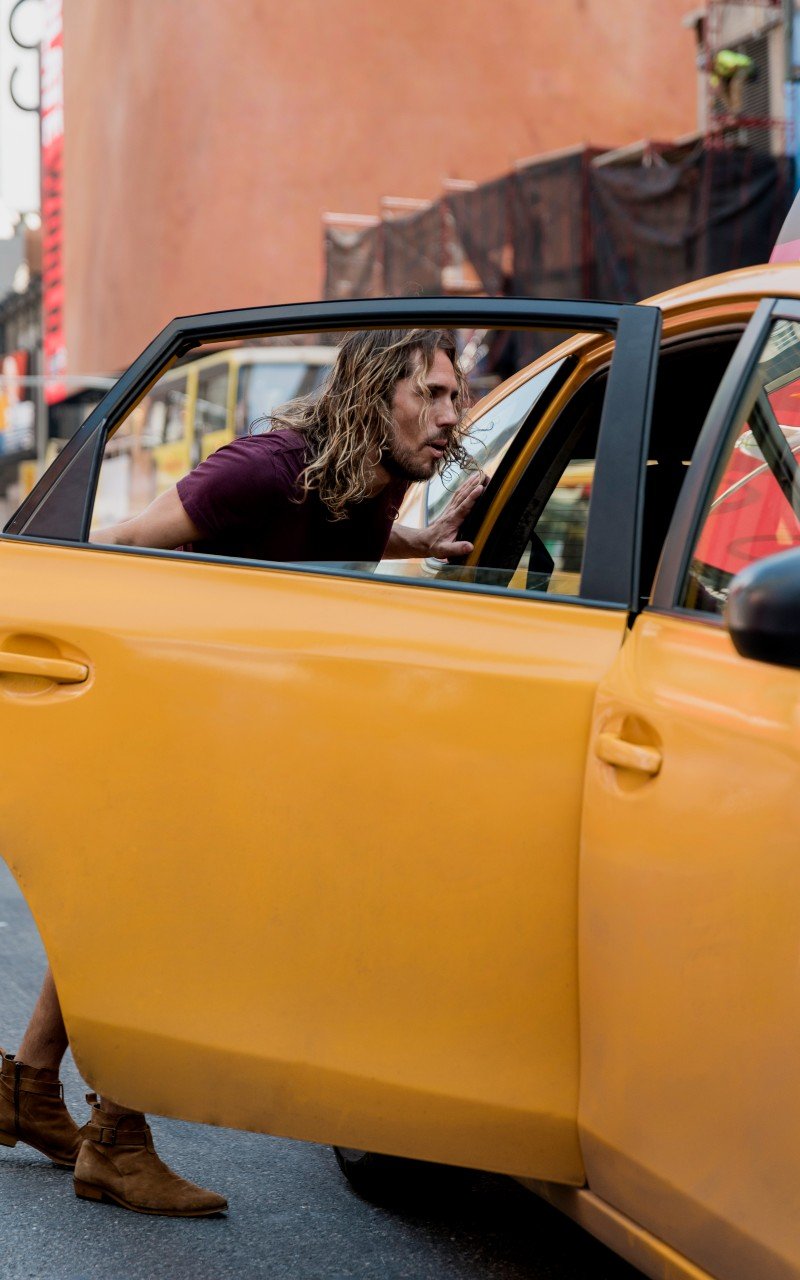
You don’t know the local area. You’re carrying valuable items. You might not speak the local language well. Fake drivers position themselves near popular hotels and tourist attractions, counting on your confusion to make money.
Advanced Protection Strategies for Solo Female Travelers
Basic verification catches most fake drivers. But smart solo travelers use multiple layers of protection to stay safe. Here are the advanced strategies that can save your life.
Uber’s New Female Driver Feature
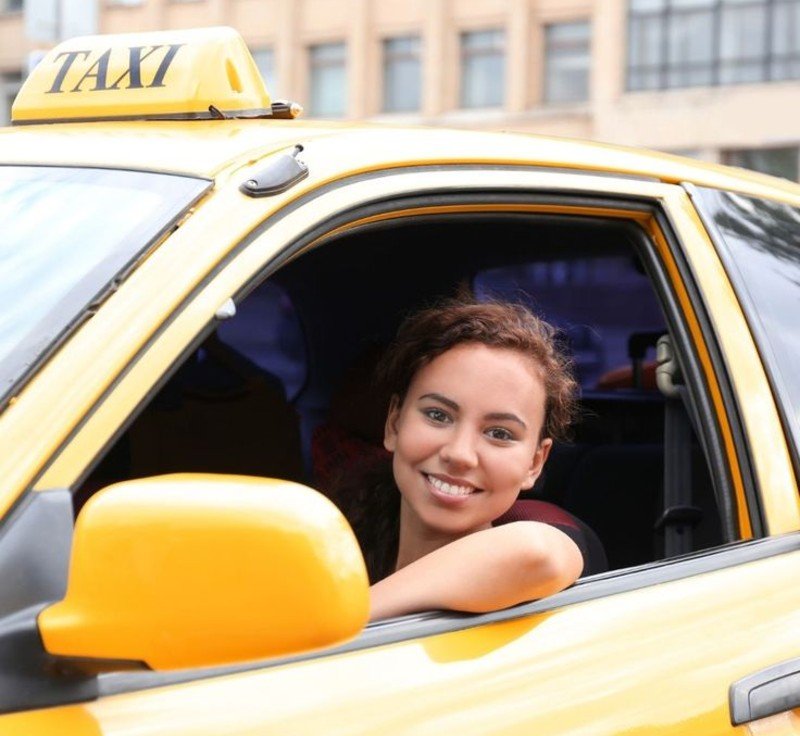
Uber announced in August 2025 it would roll out a program to pair female passengers with female drivers. This feature isn’t available everywhere yet, but it’s expanding. Check your app settings to see if it’s available in your city. Female drivers statistically commit fewer crimes against passengers.
Pre-Trip Safety Protocols
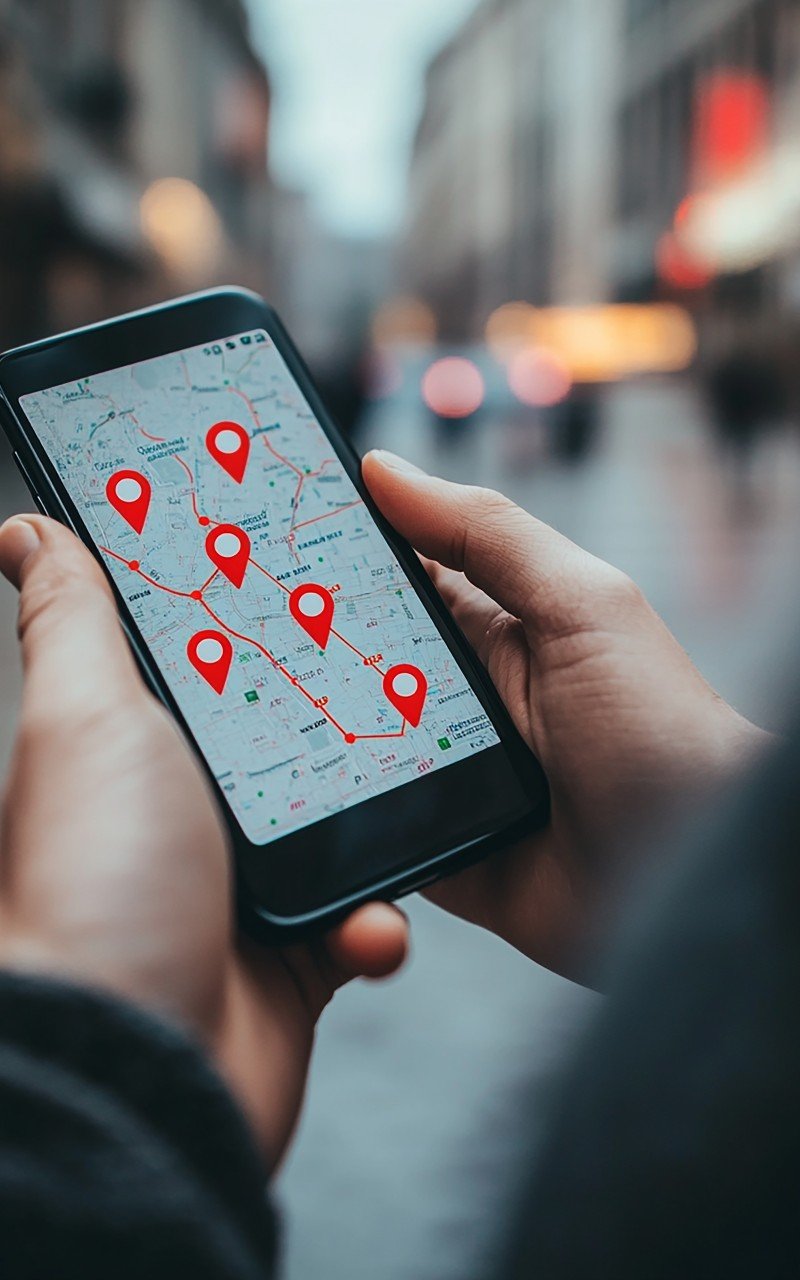
Share your trip details with someone you trust before getting in the car. Your app lets you send live location updates to family or friends. Set up this feature before you travel, not when you’re standing on a dark street corner.
Take a photo of the license plate and send it to your contact. Do this every time, even for short trips. It takes five seconds and creates a digital trail if something goes wrong.
PIN Verification Adds Extra Security
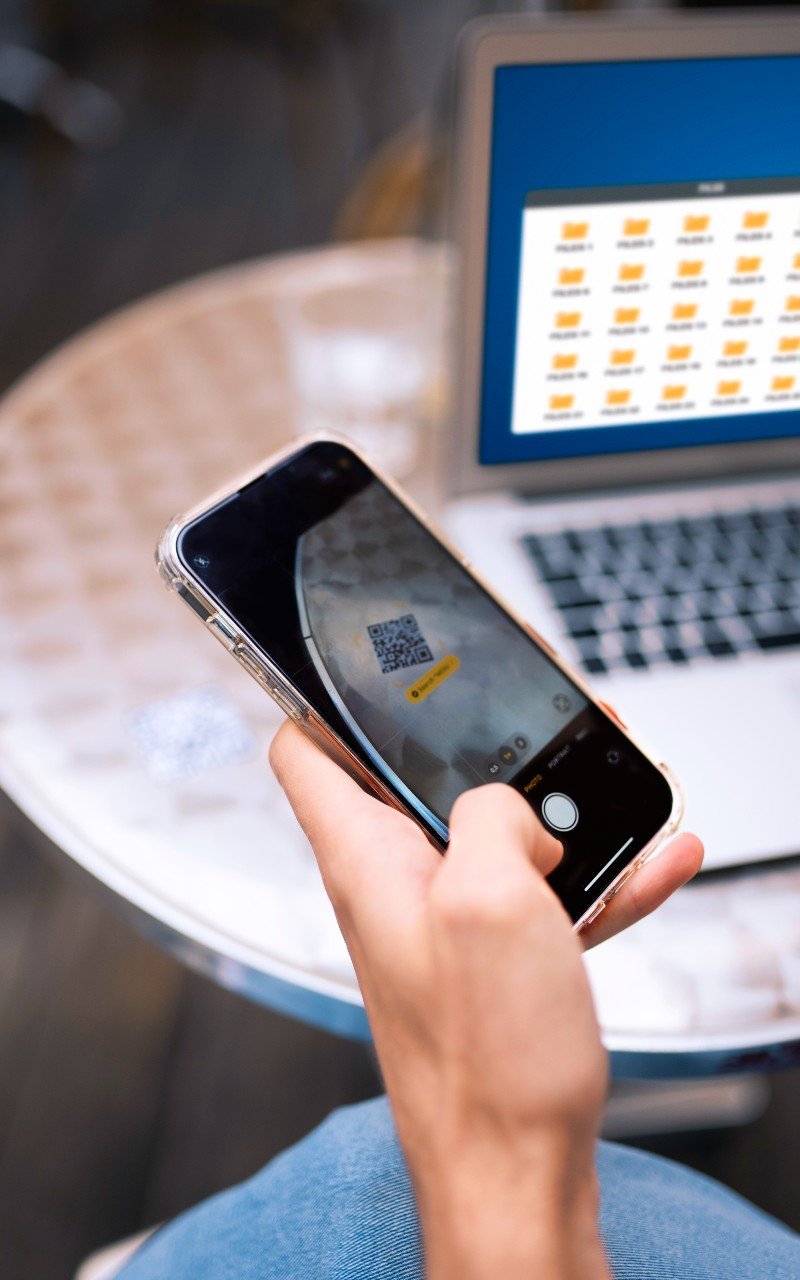
Turn on PIN verification in your settings so drivers need your four-digit code before starting trips. This feature stops fake drivers from picking you up because they won’t have your PIN. Real drivers get the PIN through the official app system.
Emergency Features Within The App
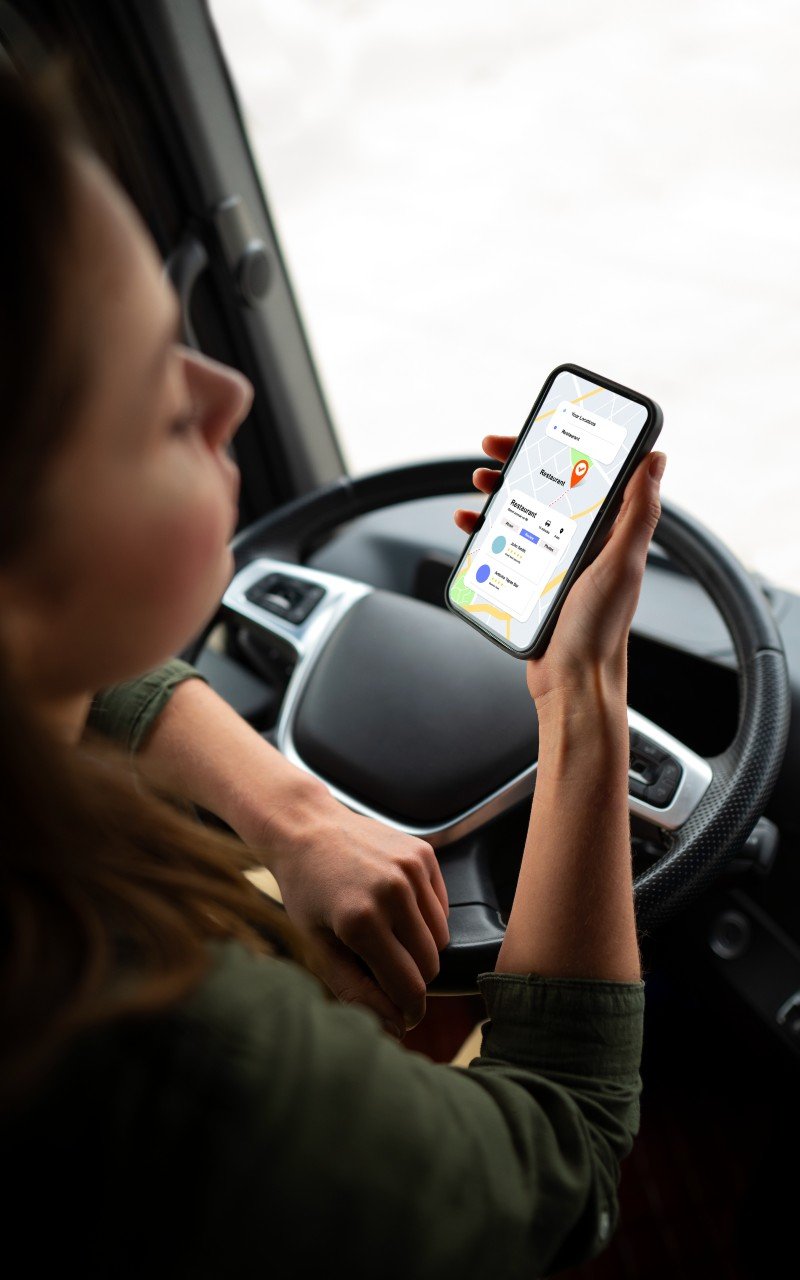
The emergency button connects you directly to local police. It sends your exact location and trip details automatically. Practice finding this button before you need it. In a crisis, you won’t have time to search through app menus.
RideCheck technology monitors your trip for problems. The system detects route deviations, unexpected stops, and premature ride endings. If something seems wrong, the app will check on you automatically.
Advanced Location
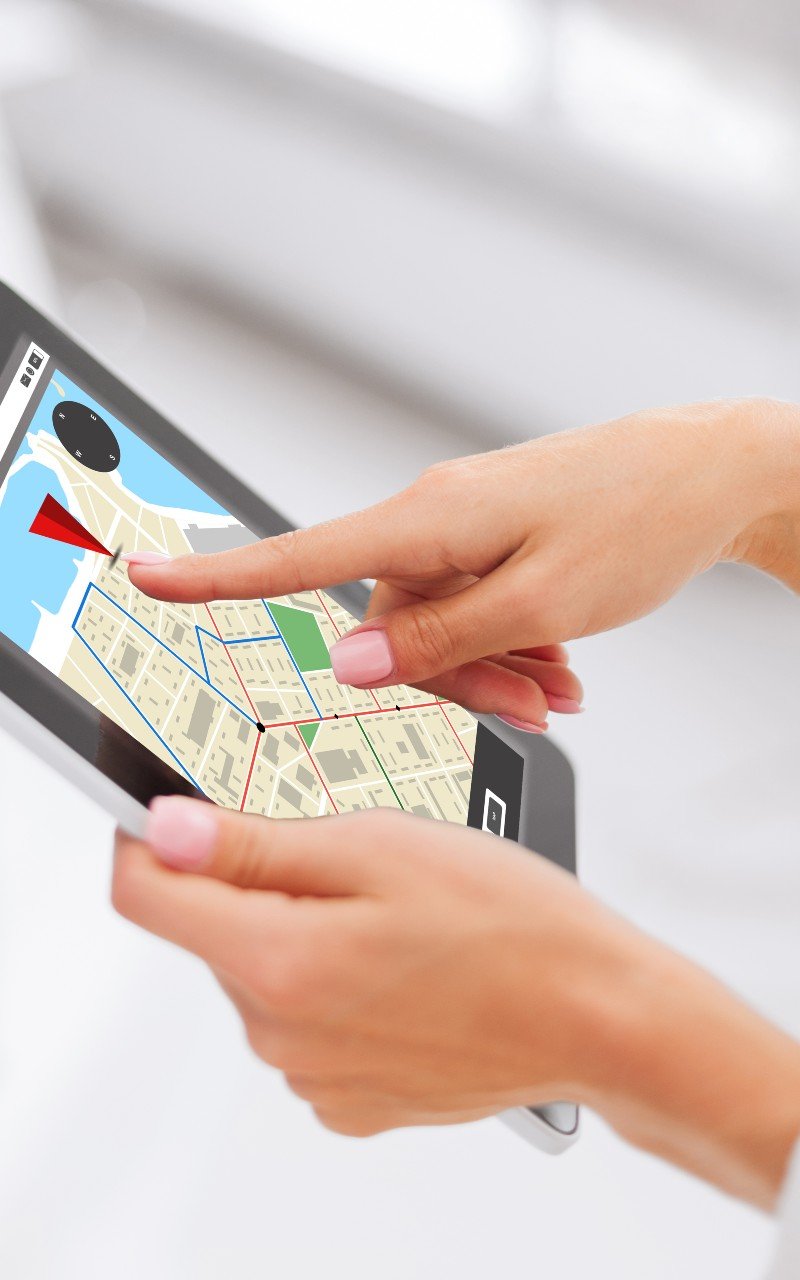
Share your live location with multiple people, not just one. If your first contact doesn’t respond, others will see where you are. Update your emergency contacts regularly to include people in different time zones.
What to Do If You Encounter a Fake Driver
Your safety check failed. The license plate doesn’t match. The driver can’t say your name. You’re face-to-face with a fake driver. Here’s exactly what to do next.
If You Haven’t Gotten In The Car Yet
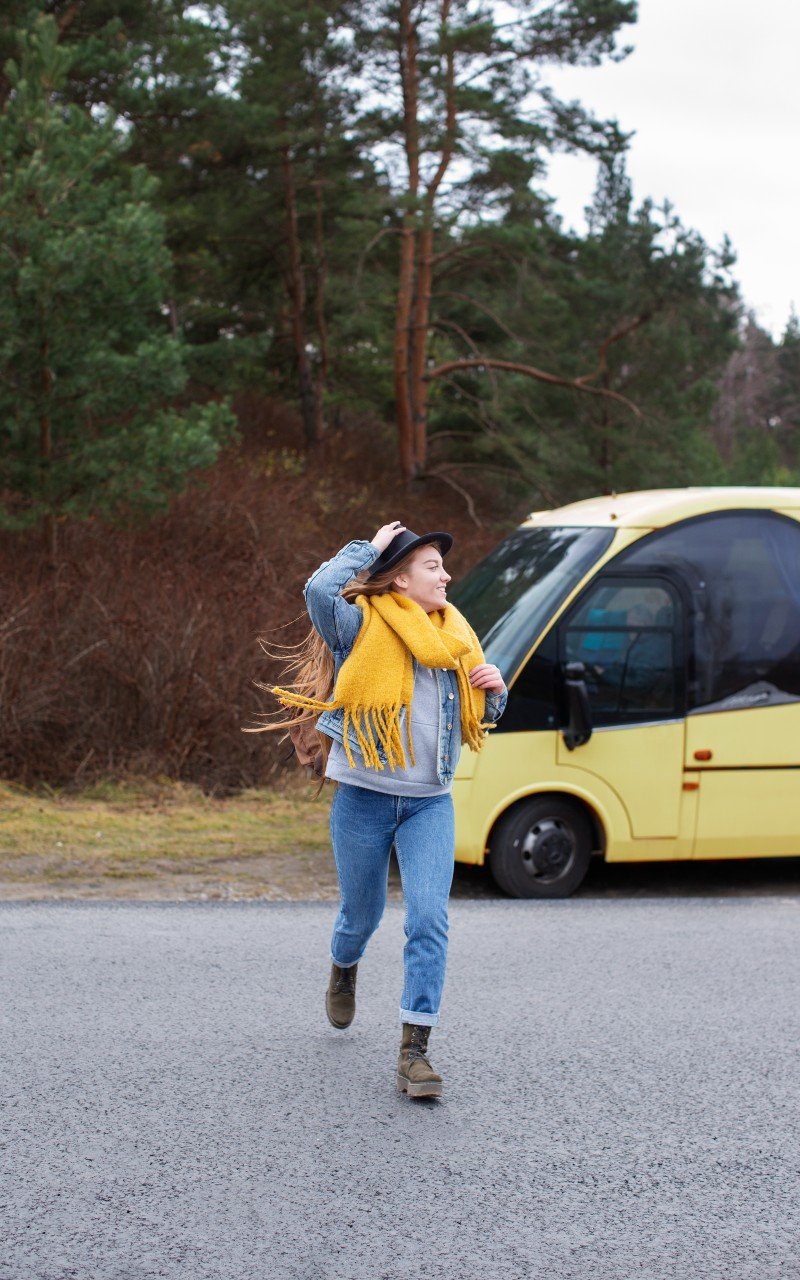
Don’t get in the vehicle. Step back from the car immediately. It doesn’t matter if the driver gets angry or calls you names. Your safety matters more than their feelings.
Say “Wrong car, sorry” and walk away quickly. You don’t owe them an explanation. Don’t argue or try to convince them they’re wrong. Just leave.
If You’re Already Inside The Vehicle
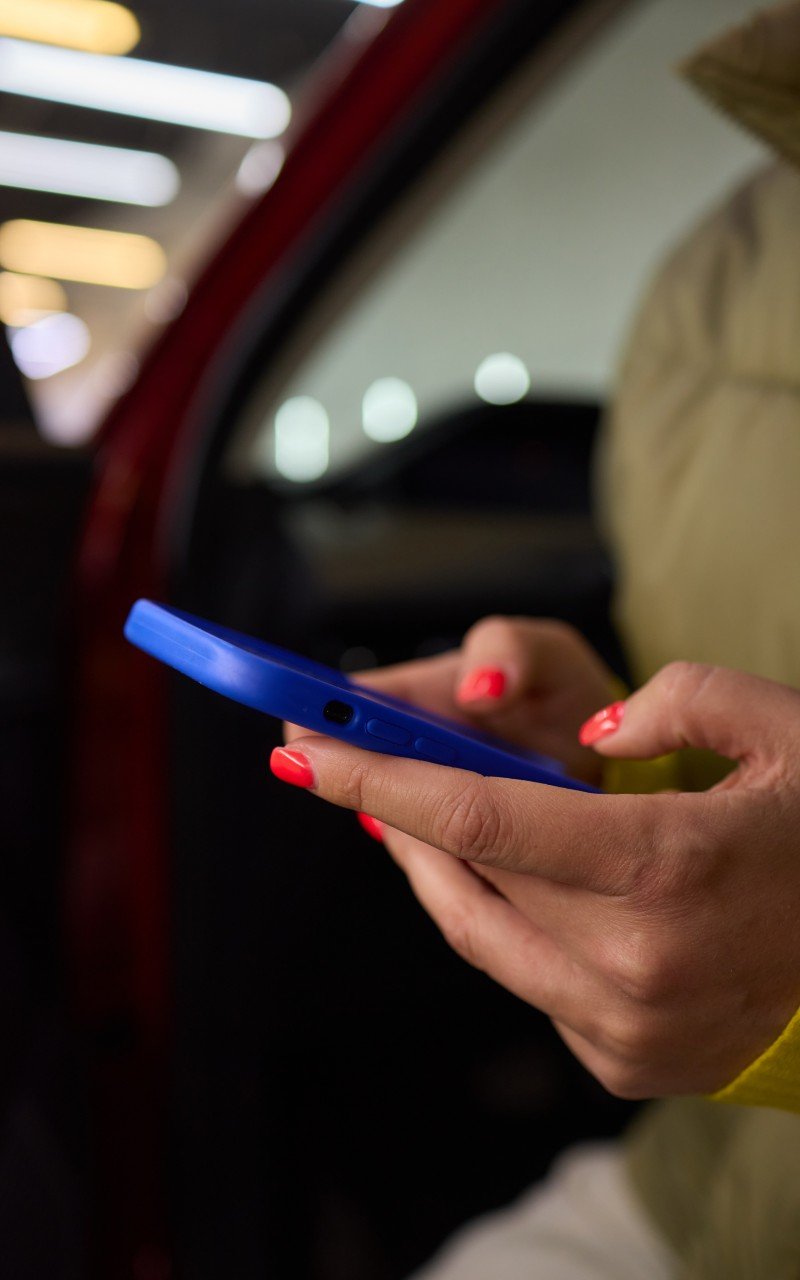
Use the 911 button in your rideshare app immediately. This connects you to local emergency services and sends your location automatically. Don’t wait to see if things get worse.
Ask to get out at the next safe location. Say you forgot something or feel sick. Don’t accuse them of being fake while you’re trapped in their car.
Document Everything You Can
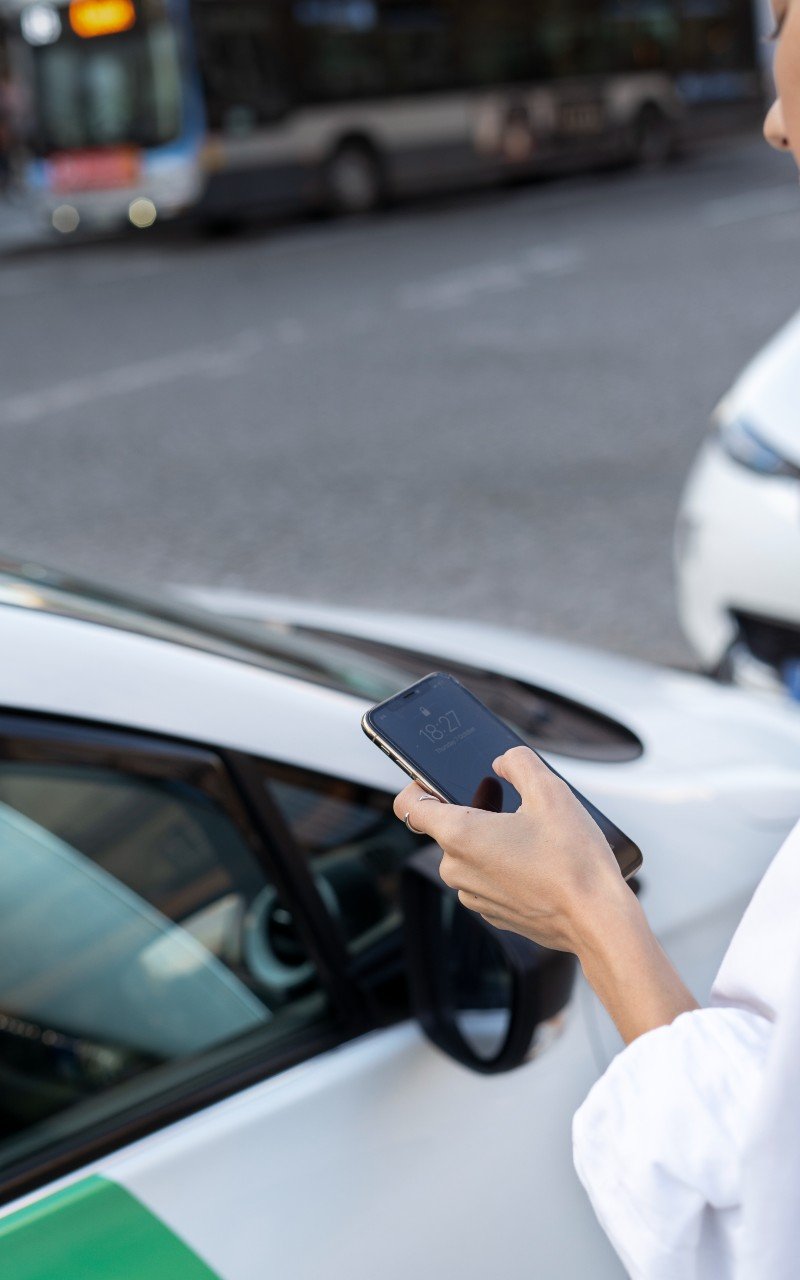
Take photos of the license plate before you walk away. Get pictures of the car and driver if it’s safe to do so. This evidence helps police catch fake drivers before they hurt someone else.
Write down or voice-record what happened while it’s fresh in your memory. Include the time, location, and exactly what the driver said or did wrong.
Report The Incident Immediately
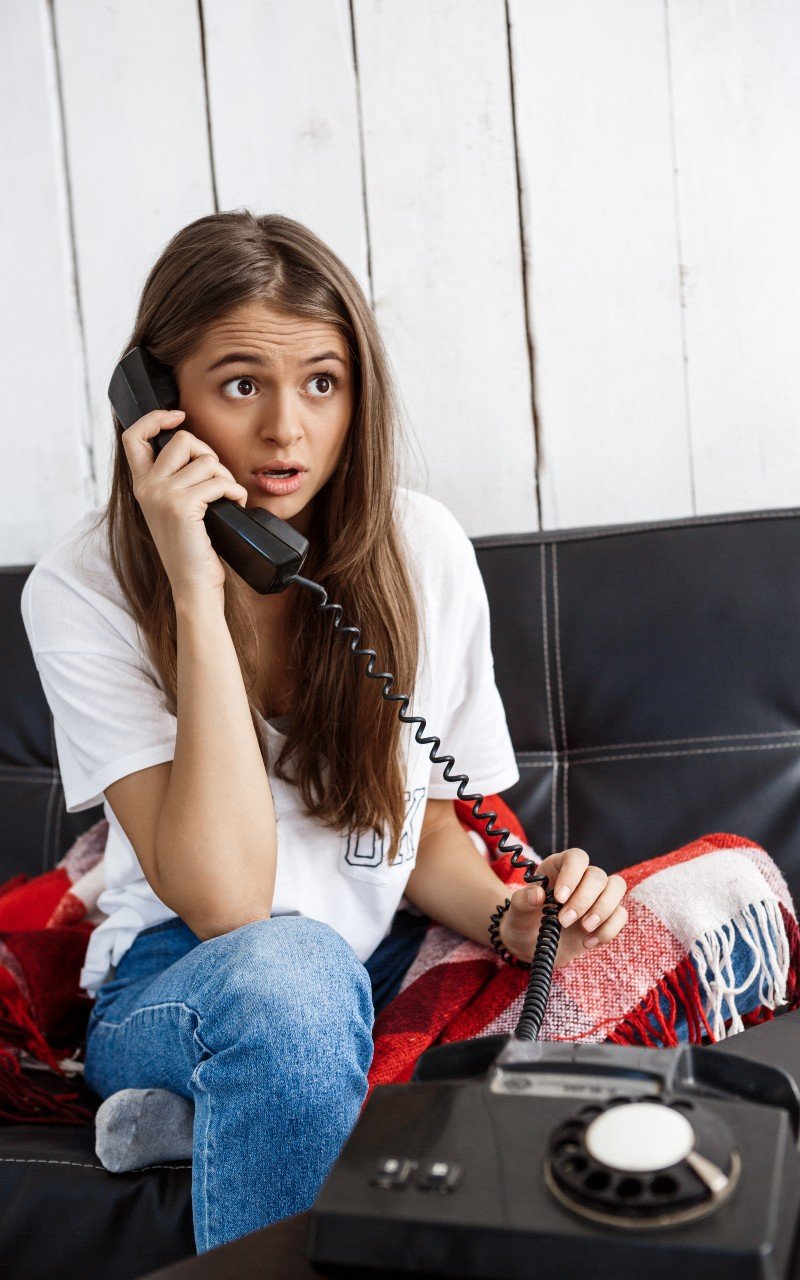
Contact Uber or Lyft through their app support systems. Report fake drivers to help protect other women. The companies need to know about these problems to fix them.
Call local police if the driver threatened you or seemed dangerous. Please give them your photos and incident details. Some fake drivers are repeat criminals.
Find A Safe Place For Your Next Ride
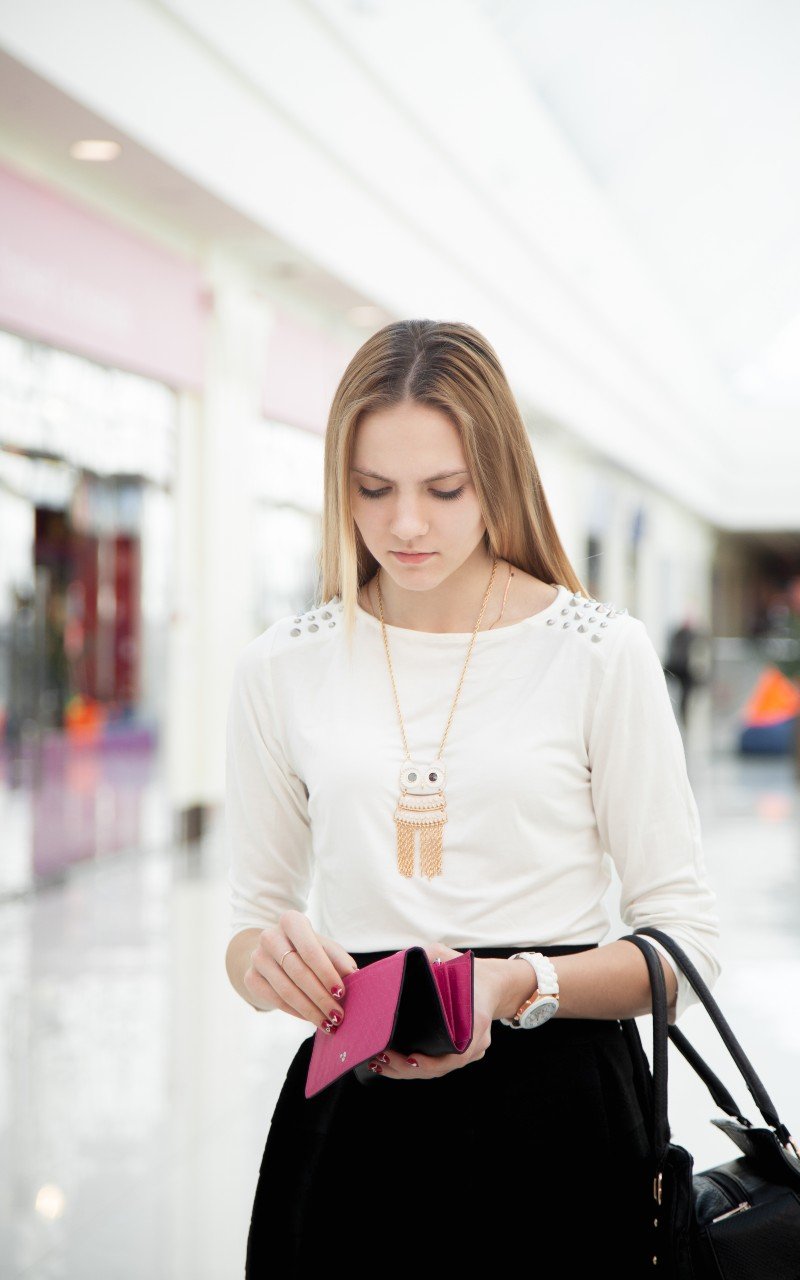
Go inside a business, hotel lobby, or other public place with security cameras. Don’t stand on the street corner waiting for another car.
Request a new ride only after you’re in a safe location. Check your new driver’s details extra carefully after a bad experience.
FAQs
What exactly is the 3-second safety check?
Check three things before getting in any rideshare car. License plate matches your app exactly, Driver says your name first without you helping them,. Car make, model, and color match your app.
How common are fake Uber driver scams targeting women?
44% of women take rideshare services alone, making them prime targets. These aren’t rare incidents they happen frequently enough that major airports like Fort Lauderdale and JFK have ongoing problems with fake drivers soliciting passengers.
What if the driver gets angry when I verify their information?
A: Real drivers want customers to feel comfortable and give them time to verify details. If a driver gets upset about you checking their license plate or asking them to confirm your name, that’s a red flag.
Do Uber’s new safety features actually work?
Some features help, but they’re not perfect. PIN verification requires drivers to have your four-digit code before starting trips, which stops most fake drivers. The new female driver pairing feature is rolling out in 2025.

